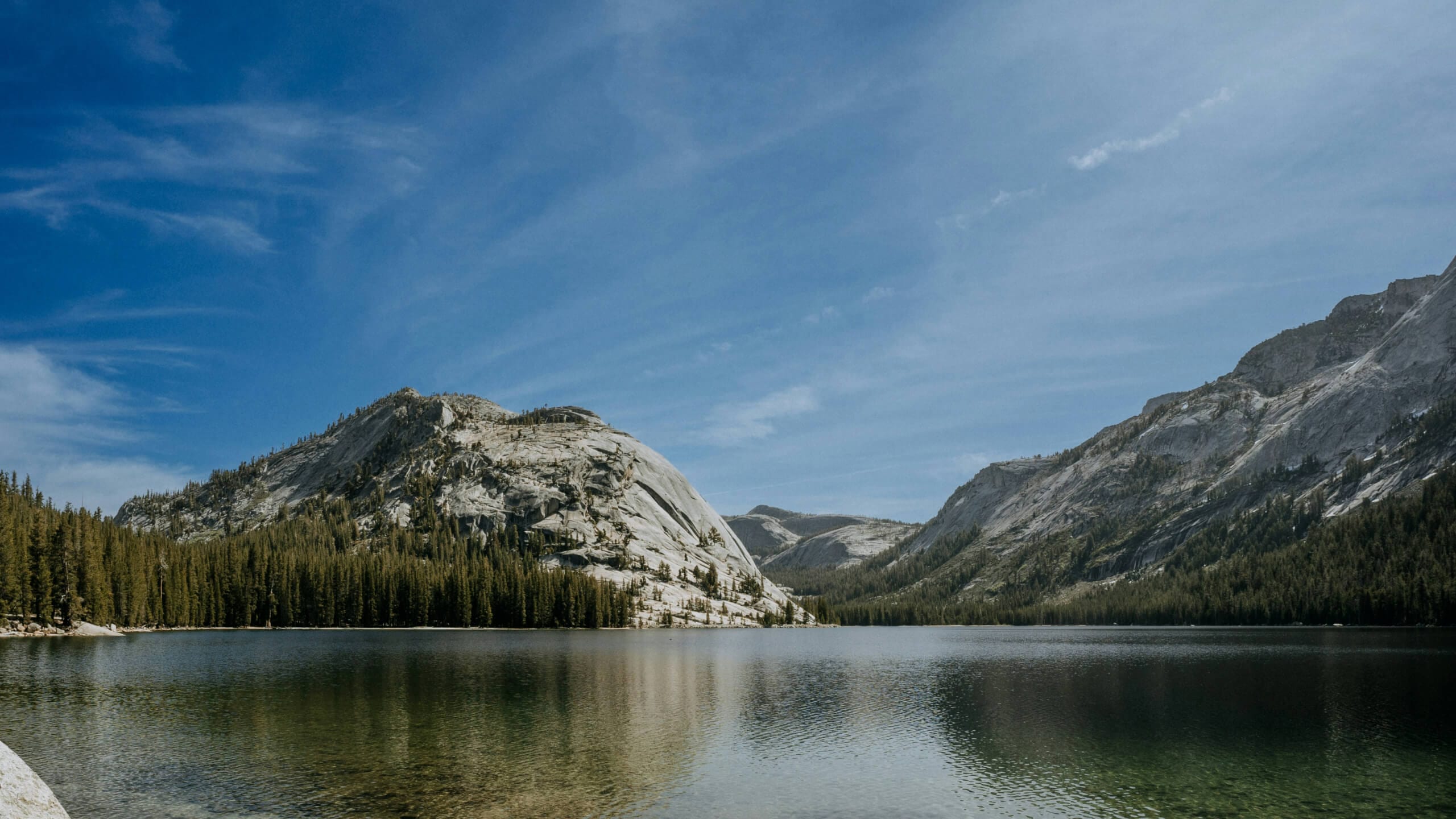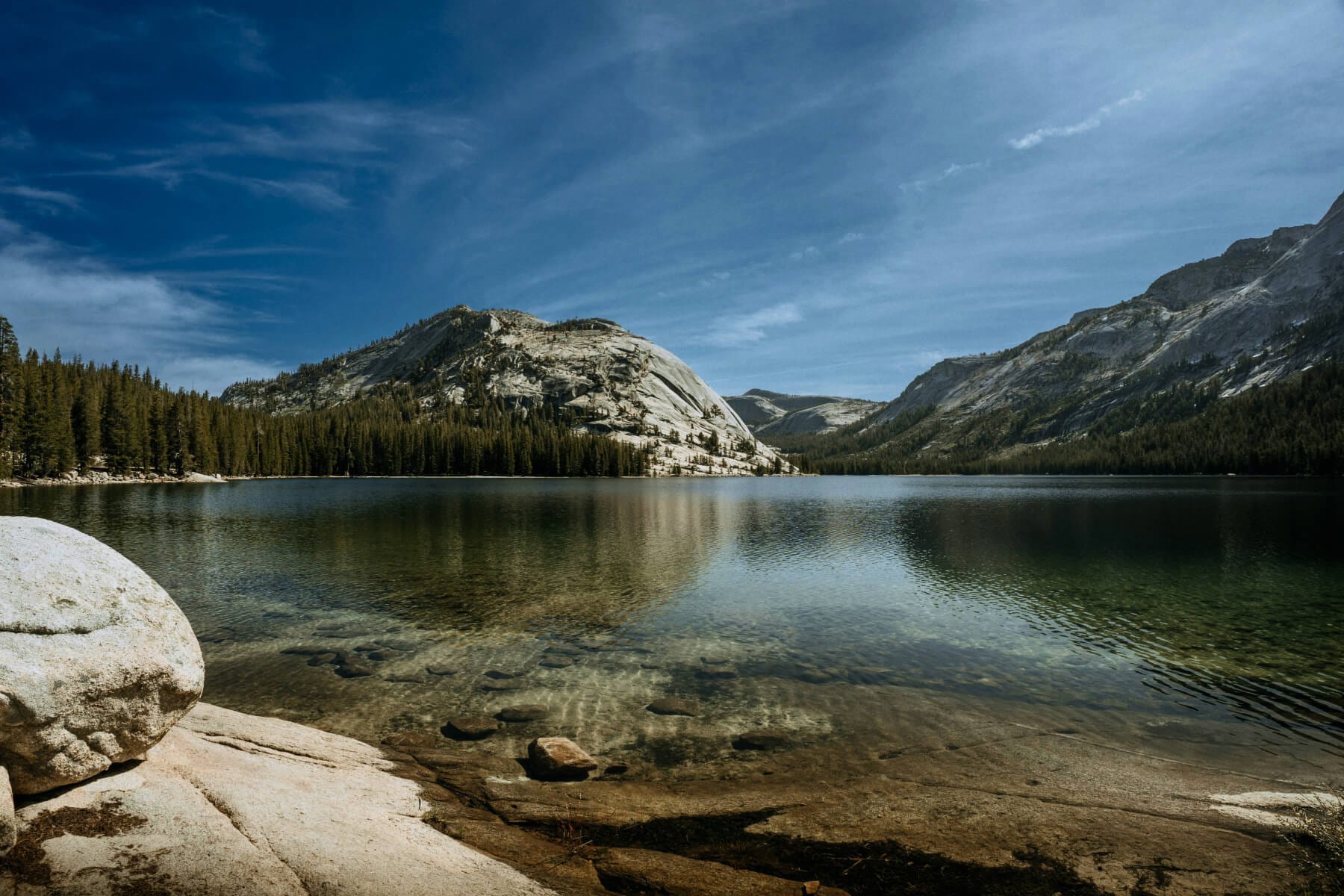Reforestation in
California
Situated between deep ocean and high mountains, California is home to iconic biodiversity such as the gray wolf, mountain lion, california condor, and bighorn sheep. Most of the state falls within the California Floristic Province, a global biodiversity hotspot. The hotspot is home to endangered trees like the giant sequoia and the coastal redwood — and over 3,500 plant species.
Today, the greatest threat to its forests is catastrophic events such as high severity wildfires — as well as land use conversion for agricultural and residential use. California forests also experience climate-related stressors such as intensifying heat and drought; two statewide drought emergencies have been declared in the last 20 years alone. All of these combine to make them more vulnerable to persistent degradation from evolving threats, including disease and insects — which increase the risk of high-severity wildfires.

California Stats
1/3
FORESTED
California contains 33 million acres of forest land — ⅓ of the state’s total land area.
Focus on Forestlands in California, USDA Climate Hubs
18
LARGEST WILDFIRES
18 of the state's 20 largest wildfires since 1950 happened in the last two decades.
Wildfires, California Office of Environmental Health Hazard Assessment
75%
HABITAT LOSS
At least 75% of California’s original habitat has already been lost.
April 14-21: City Nature Challenge S.F. vs L.A., California Academy of Sciences
60%
OF POTABLE WATER
60% of potable water in California is sourced from forested watersheds.
Wildfire & Water Supply in California, University of California
90%
Exposed
Over 90% of Californians breathe unhealthy levels of one or more air pollutants every year.
Health & Air Pollution, California Air Resources Board
Project Highlights
Reforestation in California can improve ecosystem health and resilience, reduce the risk of major wildfires, and support native biodiversity. Learn about three recent reforestation projects that planted trees in California!

Moonlight Fire Area Restoration
The objective of this project was to restore degraded forest lands within the footprint of the 2007 Moonlight Fire. Through strategic reforestation efforts, this work helped address the ecological repercussions of the wildfire — focusing on improving watershed and forest health, revitalizing wildlife habitat, and implementing safeguards to mitigate future climate change impacts. By reestablishing forest ecosystems, the initiative fosters ecological resilience and enhances the overall health and sustainability of the region's natural landscapes.
Lake Tahoe Restoration
This project worked to restore sugar pine and other native white pine species, which are plagued by a non-native invasive fungus called white pine blister rust. Disease-resistant seedlings were planted in forest openings to restore sugar pine populations and reforest areas around Lake Tahoe that were damaged by fire. Over half of the planting volunteers were students who learned about forest ecology and fire in the process.


Hog and Sheep Fire Restoration
This project reforested areas that were impacted by the 2020 Hog and Sheep fires. These high-severity fires heavily damaged local watersheds and habitat areas. Planting trees helped restore habitat, improve soil stability, and increase carbon sequestration. Seedlings were planted at variable densities depending on slope, aspect, soils, site class, and soil moisture in late winter to early spring.


